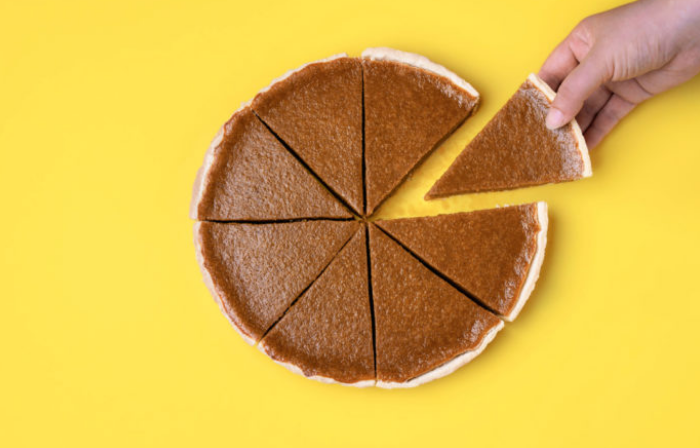Understanding the intricacies of the Hive curation reward system can be a challenge, especially if math isn't one of your strong points. However, understanding the mechanics of the system can help you make better decisions when it comes to voting on content.

Keep in mind that both Steem and Hive (which forked from Steem in 2020) have experienced multiple hard forks over the years, altering the author/curator reward structure throughout the course of their eight year history, though trial and error.
We already covered in a previous article that 65% of the Hive inflation is allocated to the rewards pool. 50% of that goes to the writers, and the other 50% to the voters (curators). But how exactly is this inflation generated, divvied up, and distributed?
Hive Inflation
Similar to the Bitcoin blockchain, which generates new Bitcoins each block, the Hive blockchain is constantly generating new HIVE tokens as well.
One major difference, however, is that Hive generates a new block every 3 seconds, whereas Bitcoin produces a new block every 10 minutes (on average). This makes dApps like Splinterlands and InLeo possible on Hive.
Instead of going only to miners (as is the case with Bitcoin), Hive's inflation is allocated to stakers, witnesses (validators), the community fund, and content creators (the rewards pool). At Hive's current inflation rate, 1.7 new HIVE is set aside every block into the rewards pool.
Distributing The Rewards Pool
When you submit a post or comment to Hive, it can be voted (up or down) for a period of 7 days before any rewards are paid out.
The amount of influence a user's vote has on your post is proportional to the amount of HIVE they have powered up as Hive Power (HP). IE: a vote from a whale with 1,000,000 HP will direct far more rewards to you from the pool than someone with only 100 HP.

You can check how much your vote is worth by typing your username into Hivestats. However, the value of your vote is not absolutely fixed. It will vary based on the total number of votes cast from other users in the system in the specific time frame.
For example, when a whale votes, everyone else's voting power decreases slightly. Conversely, when a lot of small accounts are voting, the influence of the whale decreases.
The timing of your vote matters too.
Voting Windows
The earlier you vote on a post, the greater portion of the curation reward will be awarded to you. That said, the time frames have been extended in recent years, so that you don't feel rushed when voting. There are three windows in which you can vote.
If you vote within the early window (within 24 hours since the content was created), you will be rewarded based solely on your Hive Power and vote weight.
The mid window refers to the next 24 hours after the early window where the rewards curve is slightly softer.
The late window refers to the end of the 7 days from the first 48 hours, where potential rewards are the least.
There used to be a mechanism called "reverse-auction" which deterred users (or bots) from voting on a post within the first five minutes after publication. However, it was removed in hard fork 25, so that early voters would no longer be punished.
Until next time...
If you learned something new from this article, be sure to check out my other posts on crypto and finance here on the HIVE blockchain. You can also follow me on InLeo for more frequent updates.
Resources
Sacrosant's post [1]
The First Comment By Lextenebris [2]
Reward Curve Deep Dive [3]
Posted Using InLeo Alpha
Good one. New users always ask me about this system. I'll start referring them to this
Thanks! Yes, it's a challenge to wrap your head around.
This is the fundamental problem curation rewards create for social media IMHO. The prudential interest folks have in curation deranges their subjective valuation of content and perverts curation, sublimating subjective values for pecuniary interest.
Thanks!
Interesting. Wonder if anyone making real dough on hive ...
Visa, MasterCard, and the Death of Financial Freedom: When Private Companies Decide Your Morality